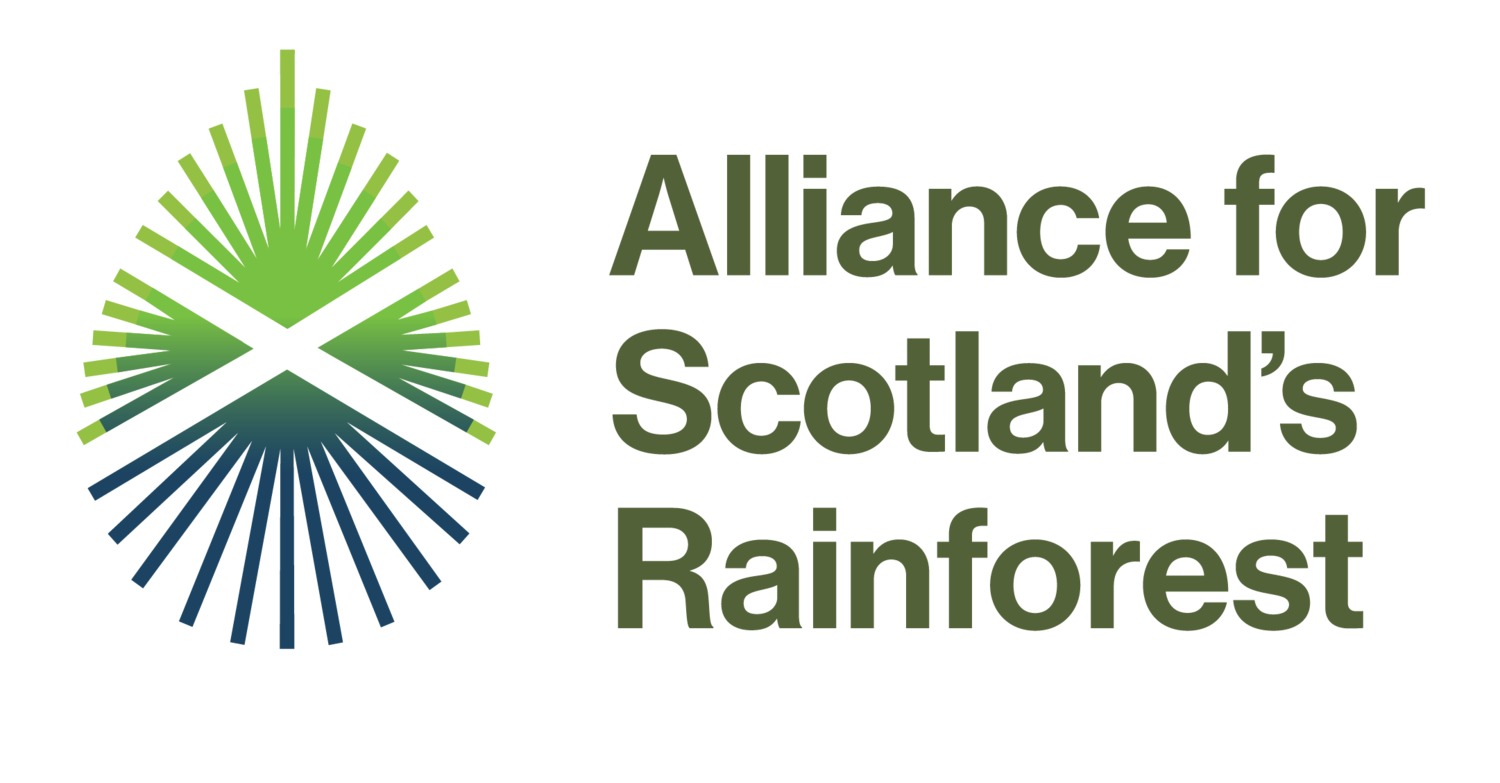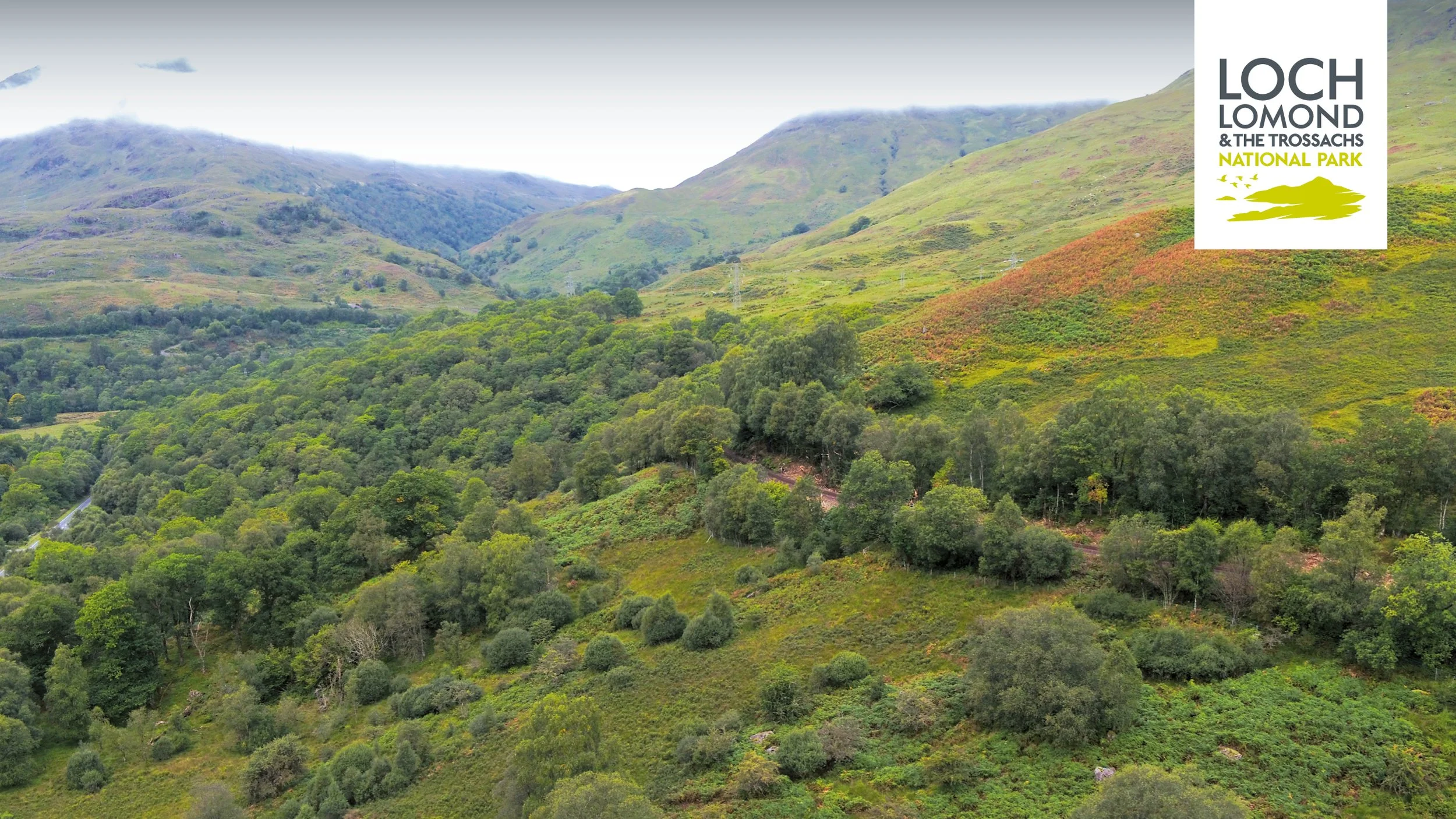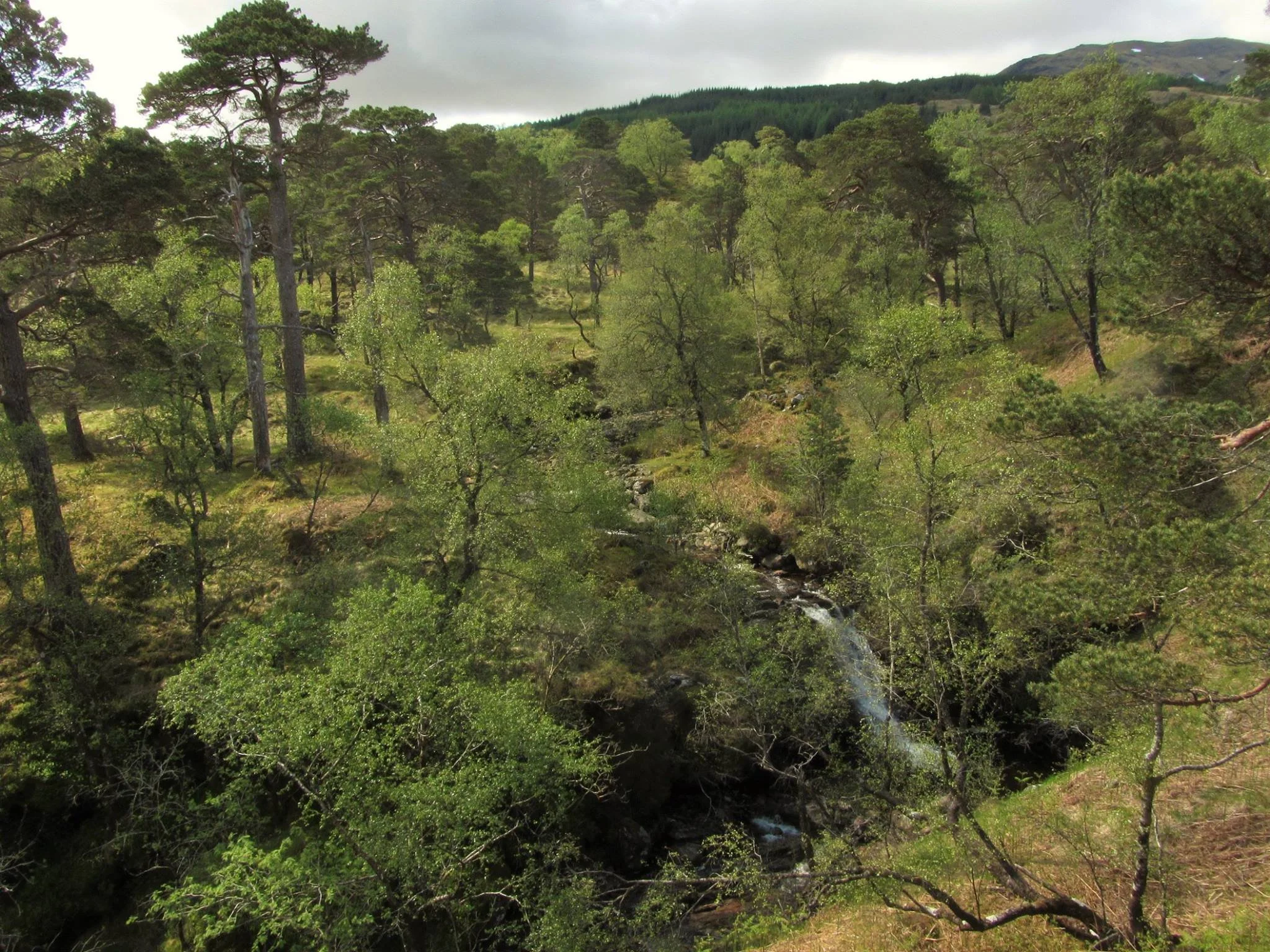Loch Lomond Rainforest
This exciting project, led by Loch Lomond & The Trossachs National Park Authority (NPA), will help to protect and enhance Loch Lomond’s rainforest – an important natural asset in tackling the twin crises of nature loss and the climate emergency.
Protecting and restoring native woodland is an objective set out in the National Park Partnership Plan, which outlines the actions we all need to take over the next five years to make transformational change and secure a positive future for the National Park. Over 7% of Scotland’s rainforest is located within the national park, and most of this is found around Loch Lomond itself, demonstrating why our collaboration with the Alliance for Scotland’s Rainforest is so important.
The long-term aim of Loch Lomond Rainforest is to re-establish a resilient, well-connected temperate rainforest habitat within the National Park. This will be achieved by delivering protection to the remaining remnants of existing temperate rainforest while also working to expand and restore this globally important habitat.
Project aims
Restore the existing rainforest by removing rhododendron and establishing the right level of herbivore grazing. This will help to improve the condition of existing rainforest and will also help to aid natural woodland regeneration.
Help to expand the range of the rainforest habitat through tree planting in areas that connect existing remnants of rainforest, and where natural regeneration is unlikely due to a lack of existing seed source.
Establish and retain a local contractor base, helping to provide opportunities for sustainable economic development.
Create volunteering opportunities, helping to develop a relationship and sense of ownership between the rainforest habitat and local communities.
Generate an education program to help inform local communities, industry, and visitors to the National Park about the project. This would help to promote communications about the project, and the wider work of the NPA, while also helping to inspire a sense of responsibility and a connection with the National Park and its habitats.
Explore other opportunities to engage visitors in the rainforest environment.
Explore and establish long term funding and financing through innovative green financing opportunities.
To date, the NPA has undertaken a scoping study (working with Land Use Consultants, report available on request) to better understand the likely location of rainforest habitat around Loch Lomond, as well as current projects, and potential opportunities, to restore this precious habitat. The study confirmed that removal of Rhododendron ponticum and establishing the right level of herbivore grazing will provide the conditions for the rainforest to rejuvenate and expand. The study also provided a phased plan and identified key landowners to support and work with to develop and deliver this project.
This summer (2025) we are undertaking ground truthing surveys to confirm the presence of rainforest habitat in the project area and to assess its condition. RSK Biocensus won the survey contract after a competitive tender process. This contract is funded by the Scottish Government’s Nature Restoration Fund development phase funding, administered by NatureScot. The RSK Biocensus ecology team, led by Julie Smith, are using ASR’s Rapid Rainforest Assessment to determine habitat quality, and to propose recommended management measures to improve the condition of the rainforest habitat.
Funding requirements
In addition to the NRF development phase funding, we are seeking further funding to develop the community focussed aspects of this project. Loch Lomond Rainforest provides the opportunity to emphasise the importance of Scotland’s rainforest to the wider community, creating volunteer opportunities, generating an education programme, and exploring opportunities to engage visitors in the rainforest environment. It also has huge potential to deliver a just transition for existing and new land managers, and to deliver a wide range of training opportunities to establish and retain a local contractor base.
To find out more about more about the Loch Lomond Rainforest project, contact natalie.cozzolino@lochlomond-trossachs.org.




